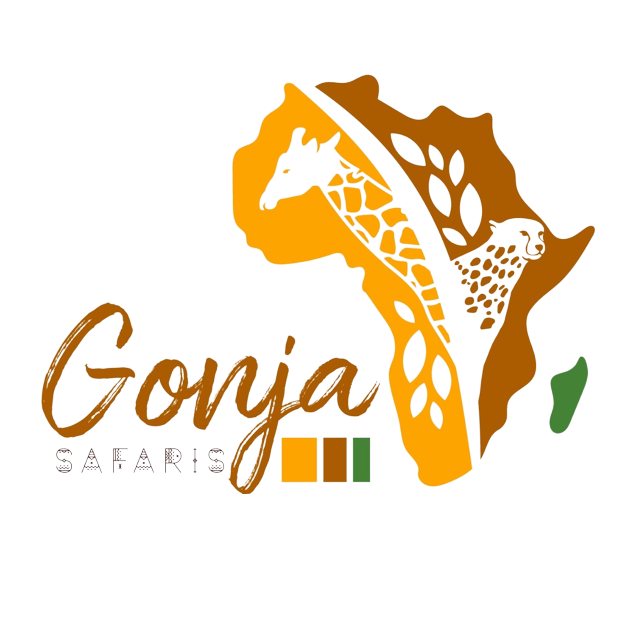Africa’s third-highest mountain boasts spectacular flora and fauna, ever-changing scenery, and far fewer other trekkers than its more famous neighbours Mountain Kenya and Mount Kilimanjaro. To summit it, you’ll need good fitness levels, a sleeping bag, and a sense of adventure. Though it’s a technical climb, you can conquer it even without prior mountaineering experience.
Formed approximately three million years ago as a result of an uplifted block of crystalline rocks, Mountain Rwenzori is a UNESCO World Heritage Site, and also Uganda’s highest landmark, standing at 5,109 meters above sea level.

Straddling Uganda’s border with Congo, it is comprised of six massifs that are divided by gorges and deep valleys with ice-cold lakes. The mountain is drained by tributaries that flow into three of today’s African Great Lakes. There are Lake George, Lake Edward, and Lake Edward, all of which are located at the foothills of the ranges.
Most of Rwenzori’s massifs feature several subsidiary peaks, some of which are snow-capped. In the case of Mount Stanley which is the highest, Margherita is the uppermost peak. The other five mountain ranges include Mount Luigi di Savoia (4,627 meters), Mountain Gessi (4,715 meters), Mount Emin (4,798 meters), Mount Baker (4,843 meters) and Mount Speke (4,890 meters). While all these mountains offer a great climbing challenge, most mountaineers particularly focus on Stanley, targeting an ascent to Margherita.
There is a choice of two routes up, each with its own merits. These are Kilembe trail and the Central circuit, both of which take you from grassy cultivated lower slopes of the mountain right up to the snow zone at the summit. The two main differences between the two are that while the former mostly features tented accommodation, the central circuit features wooden cabins. In terms of gradient, the Kilembe trail is steeper and thus takes an average of 7-9 days for both ascent and descent. In contrast, the Central circuit takes an average of 6 days due to its gentle gradient and is thus the most preferred.
While it is possible to triumph the Rwenzori in a shorter time, you don’t have to rush your experience, especially for two reasons. Hiking at a gentle pace allows your body to easily acclimatize to the weather of respective altitude zones. In turn, this minimizes your possibility of getting knocked out by altitude sickness. That aside, you get to see so many animals that camouflage so well with the environment and are easy to miss unless one is attentive/patient.
During your trek, you will be supported by a professional crew of one or two guides and two porters inclusive of chef and caretakers who will carry your luggage, thereby making your hike hustle free. You will find very few people on the trail. At most, you will come across 10.
What to else know
Being in good shape will make your Mount Rwenzori climb stress-free, safer, and more pleasant. To better your physical fitness, balance your cardio exercises and strength training. You’ll be glad you had it when the time comes to counter the stone steps and paths.
It is also helpful to have a positive mental attitude toward the climb; it keeps you going against all odds.
As regards meals, many of the foods that you will eat during this trip are those enriched with energy-giving nutrients, especially proteins. Food is all fresh and safely prepared.
What to pack: You can bring your sleeping bags, hiking poles, and rain gear, our guides will lend you rubber boots for free.
